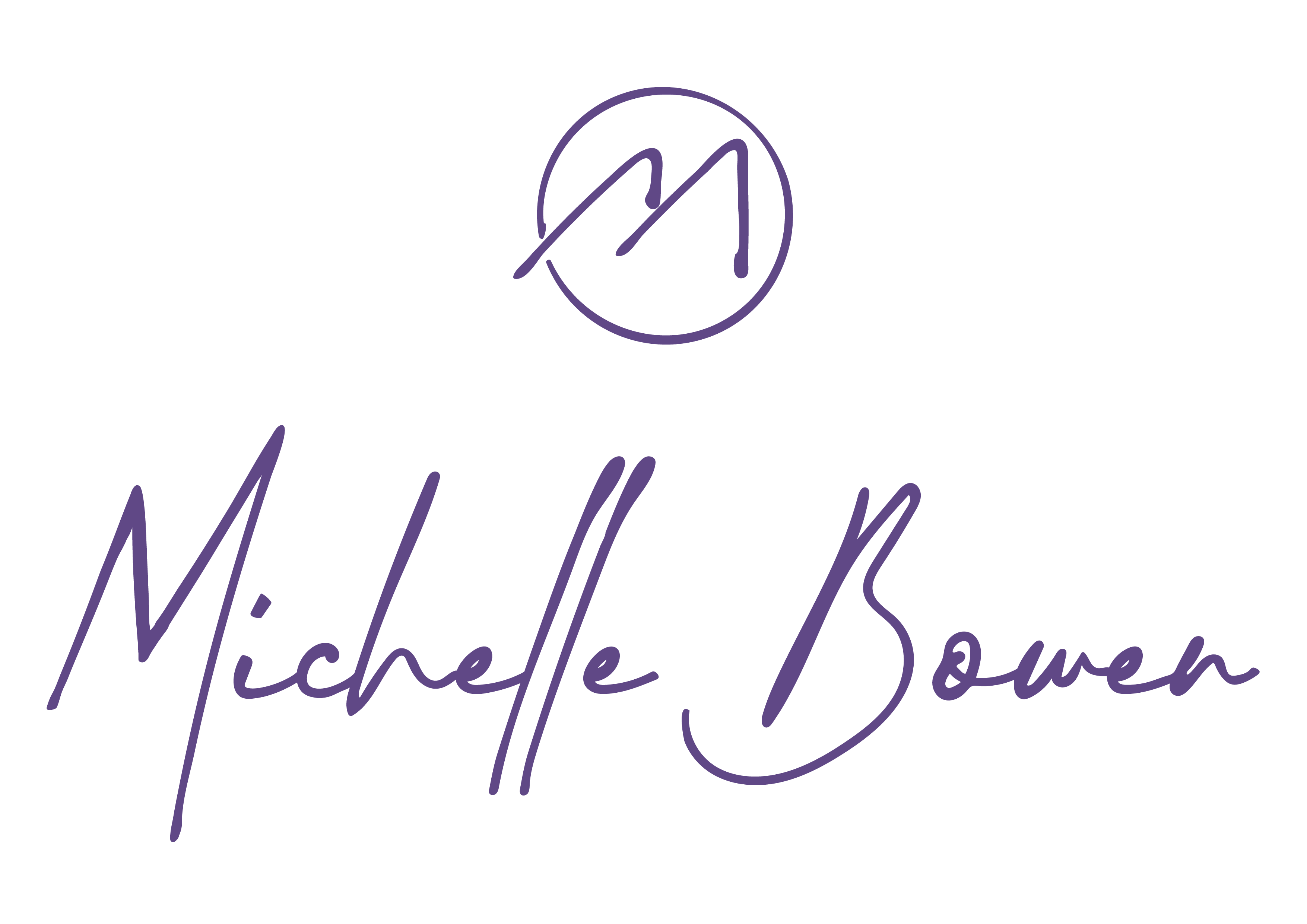Complexity, injuries, treatment and prevention of shoulder injuries
I have so many clients come to see me with some form of shoulder issue, ranging from restricted mobility to weakness, constant aching, sharp pain and even headaches.
Whether it is caused by faulty positions in day to day life, poor posture particularly as a result of being in front of a computers or on iPad, laptops, excessive amounts of driving etc… or sports related either overuse or insufficient recovery in training schedules, not going through an adequate warm up that will activate the right musculature and not cooling down and working flexibility post workout.
We need to understand the shoulder is an exceptionally complex joint.
Here’s a little anatomy terminology, the shoulder joint is formed where the Humerus fits into the Scapula also known as the Glenohumeral joint, however is also involves a number of other important bones and muscles:
The Acromion is a bony process that projects off the scapula and meets the clavicle (the collarbone) to form the Acromionclavicular joint.
You may have heard of the Rotator Cuff, this is a collection of muscles and tendons that surround the shoulder giving it support and allowing a huge amount of movement in multiple planes. In order to get this wide range of movement the joint fits together quite loosely but this does mean it is at risk of injury.
Shoulder conditions can include:
- Frozen Shoulder
- Osteo or Rheumatoid arthritis
- Rotator cuff tear
- Shoulder impingement
- Shoulder bursitis
- Shoulder tendonitis
What can a Sports Therapist do to help?
In the case of an acute injury to sub-acute injury always follow the Peace and Love process in my first blog, it is important the injured tissue is given adequate rest and initial phase treatment is applied to promote the initial phase of recovery.
For more chronic conditions seek out a therapist who can give you a full postural assessment and in-depth consultation. This is so important as they will be looking for history that could lead to muscle imbalances in the shoulder girdle and this could be coming from a completely different area such as the chest, mid back or biceps. It could be that an imbalance in the rotator cuff muscles is causing the impingement pain or weakness in certain movement planes.
Soft Tissue Release is a great sports therapy technique, a tool that can be used in addressing many shoulder issues. It has a fast response in alleviating restrictions and enhancing tissue health. It involves “locking off” or applying pressure to the fibres and then taking the muscle or limb through a stretch allowing the therapist to concentrate on the specific fibres in need of treatment.
Rehabilitation exercises are what make any response from treatment permanent and with the right exercises done correctly and consistently the results will be further enhanced.
What can you do?
It is important that you do your best to remain as flexible as possible, do not be afraid to move. If you work at a computer take regular breaks and work through these shoulder mobility and flexibility exercises.
If you are a regular gym user or train for a sports that is very shoulder specific, it is important to make sure the equipment you are using is of the correct weight, in good working order and set up specifically for you. It is also important that you warm the shoulder girdle and rotator cuff area with relevant movement specific exercises to ensure the receptors are awake and muscles are ready to function. Try these as an example:
For any more information or support with an ongoing injury please do not hesitate to contact me via the website or email me hello@michellebowen.co.uk
Healthy Happy Regards
Michelle

